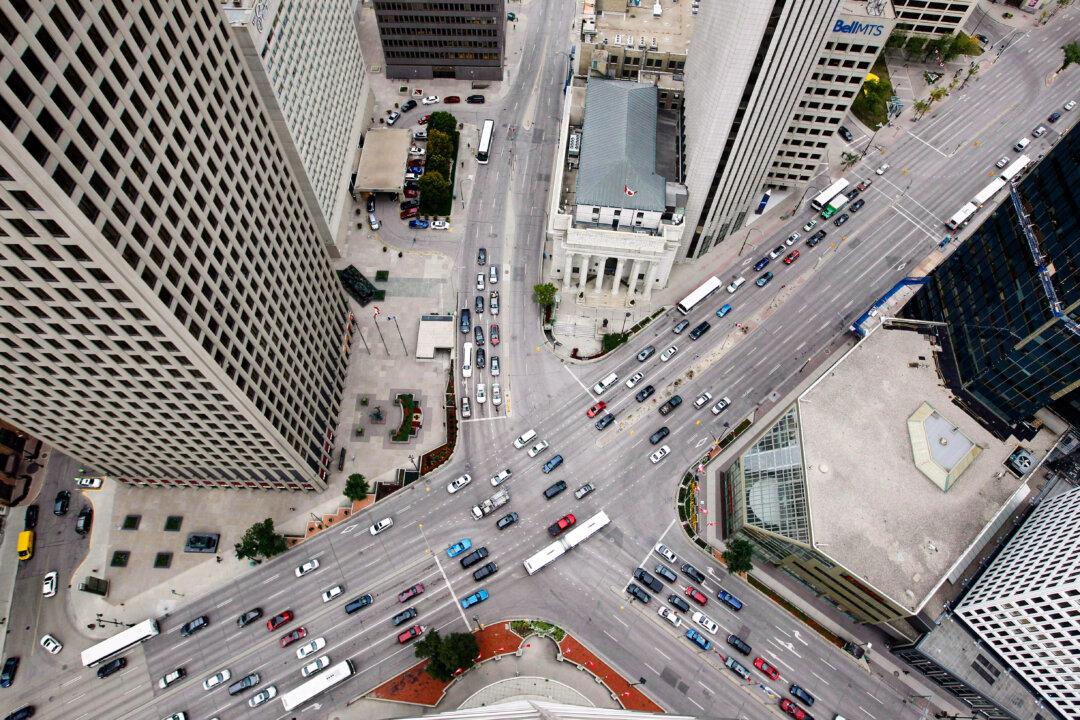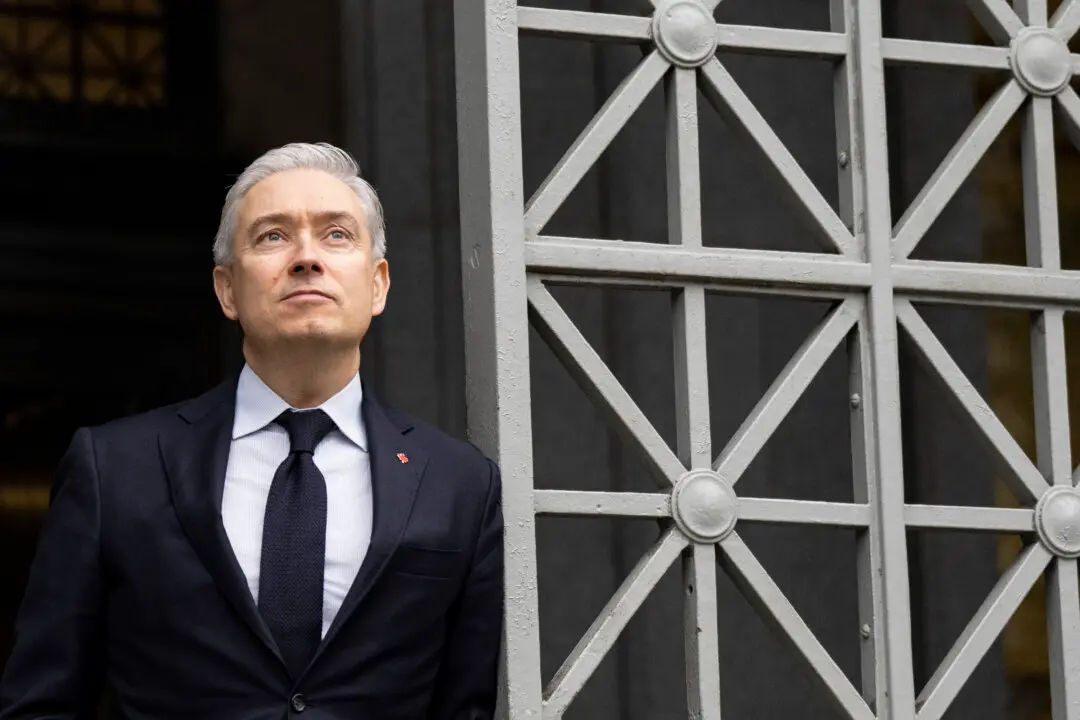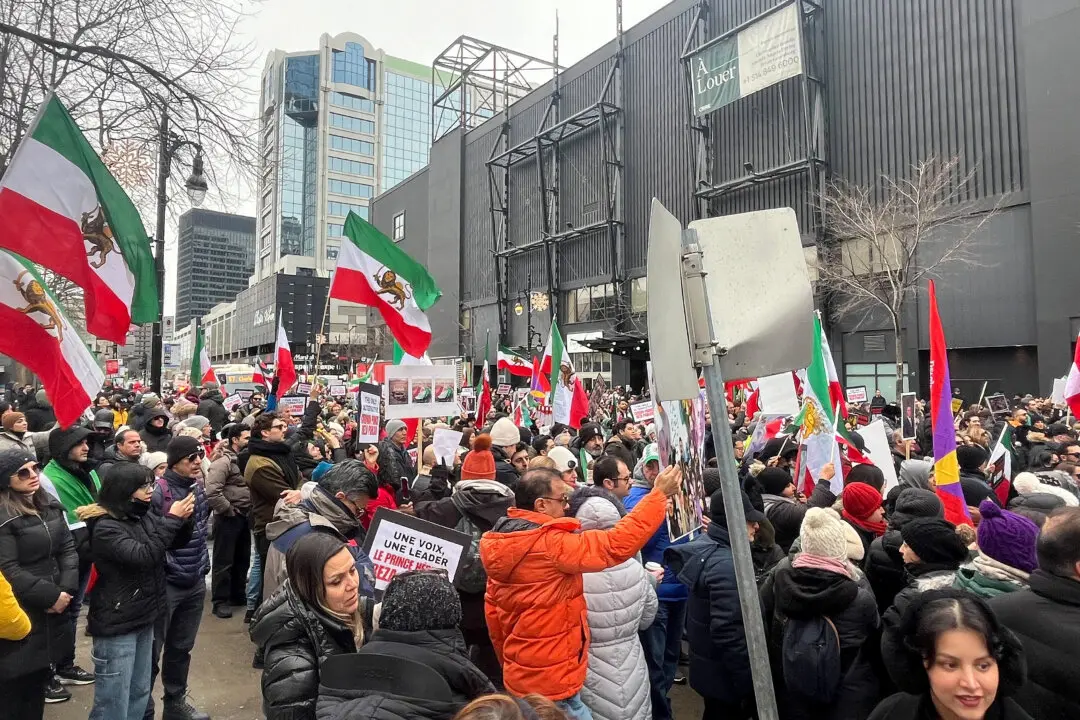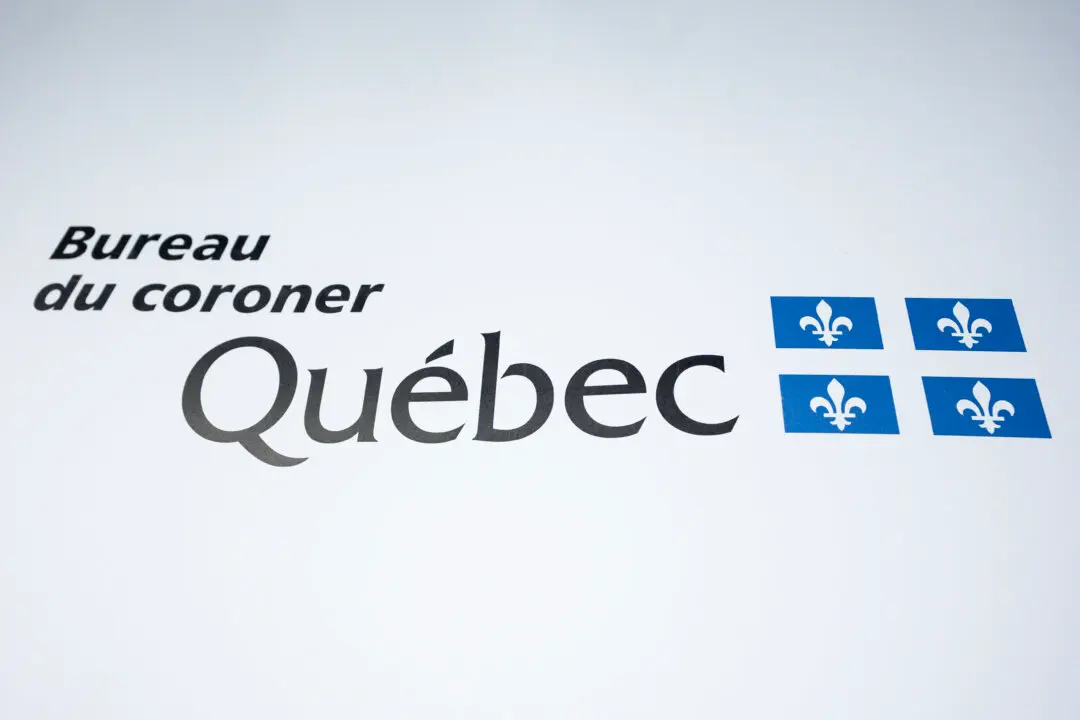A landmark intersection in Winnipeg could soon be open again to pedestrians.
Mayor Scott Gillingham said on Mar. 1 he’s in favour of reopening the intersection of Portage Avenue and Main Street to foot traffic by the summer of 2025, after receiving a report on the cost of needed repairs.





